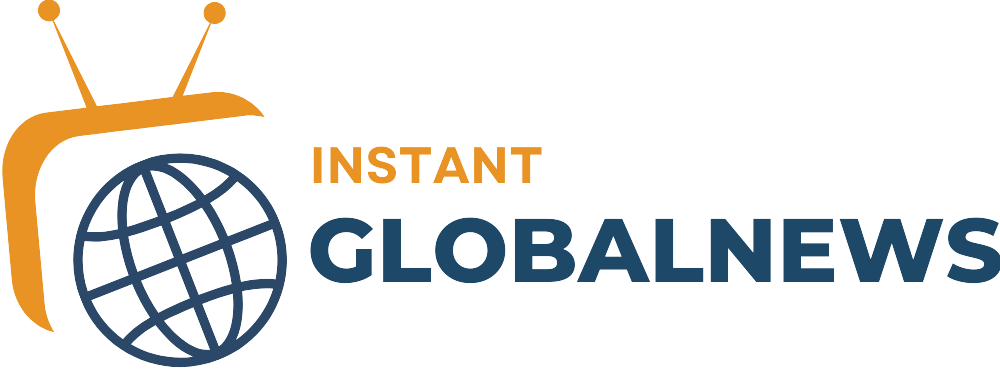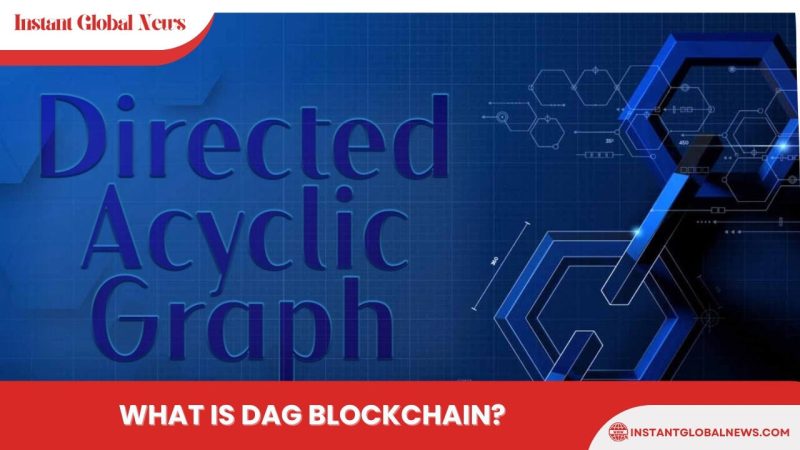DAG (Directed Acyclic Graph) is a breakthrough technology in the cryptocurrency industry, providing the ability to process transactions quickly and cost-effectively. Unlike traditional blockchains, where transactions are arranged in blocks, DAG uses a directed graph structure that allows transactions to be validated simultaneously. So, what is DAG Blockchain, and why is it considered the future of decentralized financial systems? Let’s explore the advantages and notable applications of this technology in the following article.
What is DAG Blockchain?
DAG (Directed Acyclic Graph) is a special data structure used in cryptocurrency systems such as IOTA and Nano. Unlike traditional Blockchain, where transactions are arranged in blocks and connected to form a continuous chain, DAG uses a directed graph in which each transaction can directly link to previous transactions without the need for blocks.
DAG is not just an alternative to Blockchain; it is also a solution to reduce issues such as high transaction costs and slow transaction speeds that traditional blockchains face.
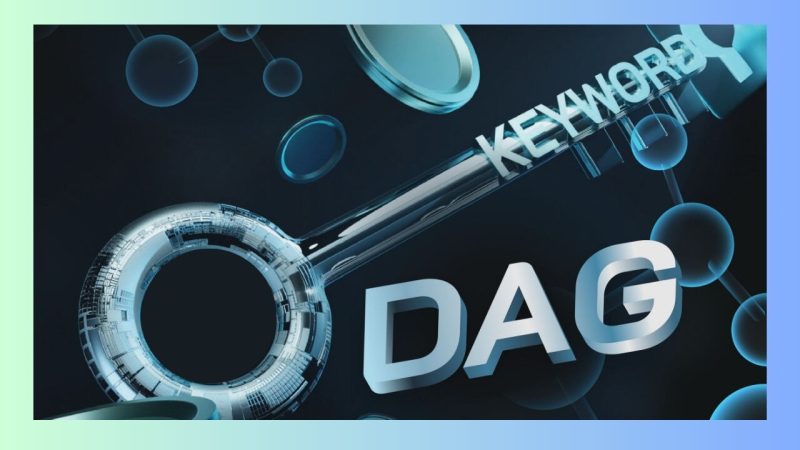
How DAG Blockchain works?
In DAG, each vertex in the graph represents a transaction, and new transactions must reference previous transactions for validation. Unlike Blockchain, where transactions must be validated through blocks and miners, DAG allows each transaction to be validated simultaneously by multiple nodes, which helps reduce transaction time and costs.
Unlike traditional Blockchain systems, DAG does not require a mechanism for transaction validation via intermediaries like miners or validators. Transactions in DAG can be processed in parallel, increasing scalability and minimizing delays in transactions.
Advantages and disadvantages of DAG Blockchain
Advantages of DAG Blockchain
- Transaction speed: Unlike block creation time constraints, DAG can process transactions quickly, making it suitable for high-speed applications.
- Energy efficiency: DAG does not use consensus algorithms like Proof of Work (PoW) or Proof of Stake (PoS), making it more energy-efficient and reducing operational costs.
- No transaction fees: In a pure DAG system, users do not need to pay transaction fees or only pay very minimal fees, which is especially useful for microtransactions.
- Scalability: DAG can process many transactions simultaneously, enabling DAG networks to scale without experiencing the congestion issues typical in traditional Blockchains.
Disadvantages of DAG Blockchain
- Not fully decentralized: Some DAG systems may still face centralization issues due to dependence on a few large nodes or validators.
- Spam aAttack risks: Due to very low or no transaction fees, DAG is vulnerable to spam attacks where bad actors send numerous transactions to overload the system.
- Limited smart contract support: DAG does not support smart contracts as strongly as Blockchain, limiting its potential for developing complex applications.
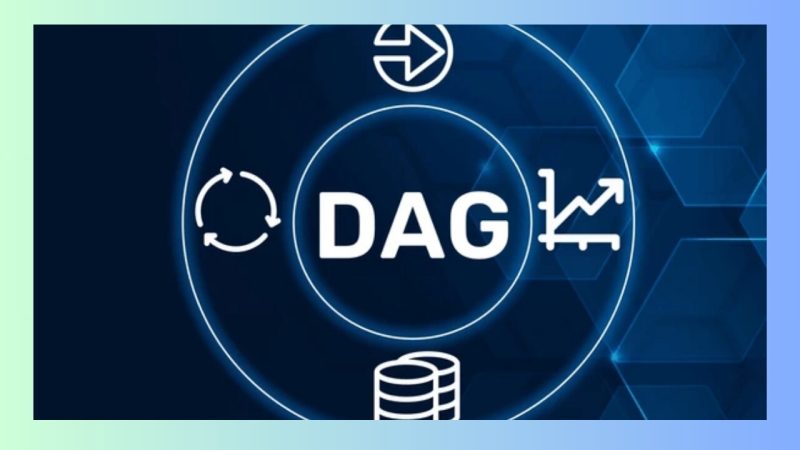
Applications of DAG in Cryptocurrency
Below are some notable applications of DAG in cryptocurrency, including IOTA, U2U Chain, Nano, and Hedera Hashgraph.
IOTA
IOTA is one of the pioneering projects applying DAG in cryptocurrency, especially in the Internet of Things (IoT) applications. IOTA uses a DAG structure called Tangle instead of traditional blockchain.
Tangle in IOTA allows transactions to be validated without waiting for blocks or miners. Each new transaction must validate at least two previous transactions. This eliminates issues related to transaction costs and slow processing speeds.
IOTA is especially useful in IoT ecosystems, where devices need to transact quickly without high fees. IOTA’s network enables microtransactions (low-value transactions) to be processed quickly and without fees, which is ideal for IoT environments where devices need to interact and transact continuously.
U2U Chain
U2U Chain is an advanced blockchain built for high scalability, utilizing DAG to optimize data processing and storage. Although the system primarily operates as a blockchain, U2U Chain integrates DAG technology in specific features to enhance performance and transaction speed.
U2U Chain applies DAG in its peripheral transactions and subnet systems, enabling fast transaction processing without waiting for new blocks to be created. This reduces the load on the main system and enhances scalability, allowing the system to handle millions of transactions without congestion.
Integrating DAG into U2U Chain’s ecosystem makes transactions more flexible and energy-efficient, which is crucial in the context of developing modern blockchain networks.
Nano
Nano is a cryptocurrency that uses a block-lattice structure, a hybrid model of Blockchain and DAG. In Nano, each user has their own individual blockchain for their wallet, and transactions are conducted on these independent blockchains.
The block-lattice model allows each user to manage and maintain their own blockchain, increasing transaction speed and reducing costs. Transactions only need to be validated on the sender’s and receiver’s blockchains, eliminating the need for miners or intermediary validation systems, which helps reduce costs and delays.
Nano is particularly suitable for microtransactions, where users do not want to pay transaction fees or wait for long periods for transactions to complete. This technology also fits well with rapid payments and decentralized financial systems.
Hedera Hashgraph
Hedera Hashgraph is a next-generation blockchain platform that uses a DAG structure called Hashgraph to address the speed and scalability issues faced by traditional blockchains.
Hashgraph is a unique DAG structure where transactions are validated in parallel without requiring block creation. This reduces latency and increases transaction speed. Hedera Hashgraph uses a consensus algorithm called gossip about gossip, allowing nodes in the network to synchronize quickly and validate transactions in a short time.
Hedera Hashgraph’s network can process millions of transactions per second (TPS), making it an ideal platform for applications requiring fast and efficient transactions, such as global payments, IoT applications, and decentralized financial platforms.
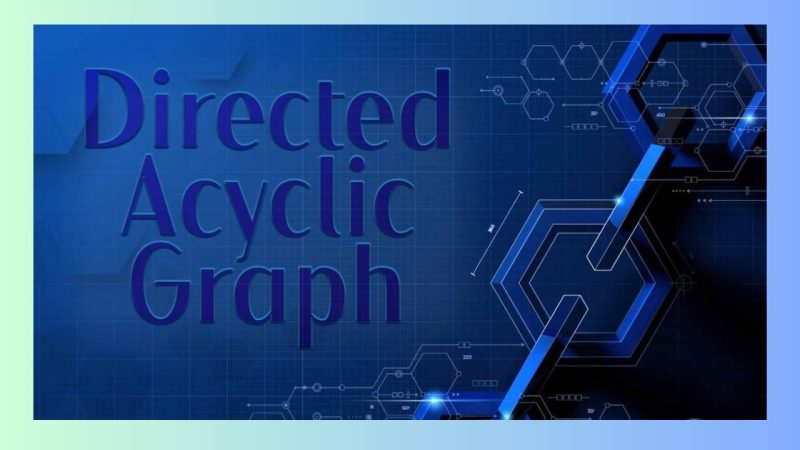
DAG Blockchain vs. traditional Blockchain
DAG (Directed Acyclic Graph) offers several clear advantages compared to traditional Blockchain systems like Bitcoin and Ethereum. One of its greatest strengths is the ability to process transactions quickly and at a low cost. While traditional Blockchains use consensus mechanisms like Proof of Work (PoW) or Proof of Stake (PoS), which result in longer transaction times and higher costs, DAG does not face these issues. Transactions in a DAG system can be validated simultaneously without waiting for miners or validators, significantly reducing transaction delays and costs.
Moreover, DAG does not have blocks and chains of transactions. Instead, each transaction connects directly to previous transactions in a graph structure. This allows DAG to scale better than traditional Blockchains, where congestion can occur when transaction volumes become too large. DAG can process batches of transactions simultaneously without affecting the system’s performance.
However, traditional Blockchain systems like Bitcoin and Ethereum still retain some major advantages in terms of decentralization and security. In these Blockchains, consensus mechanisms like PoW (Bitcoin) or PoS (Ethereum 2.0) enhance decentralization and reduce the risk of control by centralized groups. These systems have also been tested and proven secure over many years, while DAG still faces significant challenges related to security and decentralization. While DAG has the potential to grow and expand its applications, decentralization and security remain key factors that the technology must improve in the future.
DAG Blockchain is proving to be a technology with great potential for improving transaction speed and performance compared to traditional Blockchain systems. While there are still limitations and challenges, especially in terms of decentralization and security, the impressive advantages of DAG suggest it will continue to develop and expand its applications across various fields, particularly in the Internet of Things (IoT).
In this article, we’ve helped you understand “what is DAG Blockchain?”. Don’t forget to follow Instant Global News to keep up with more insightful knowledge every day!
